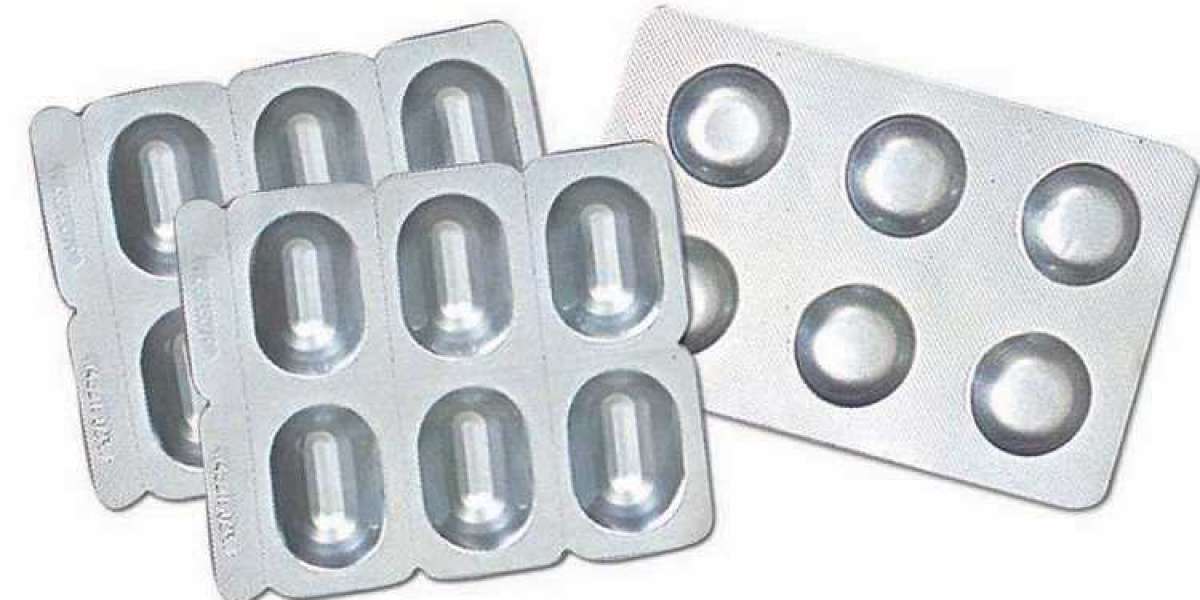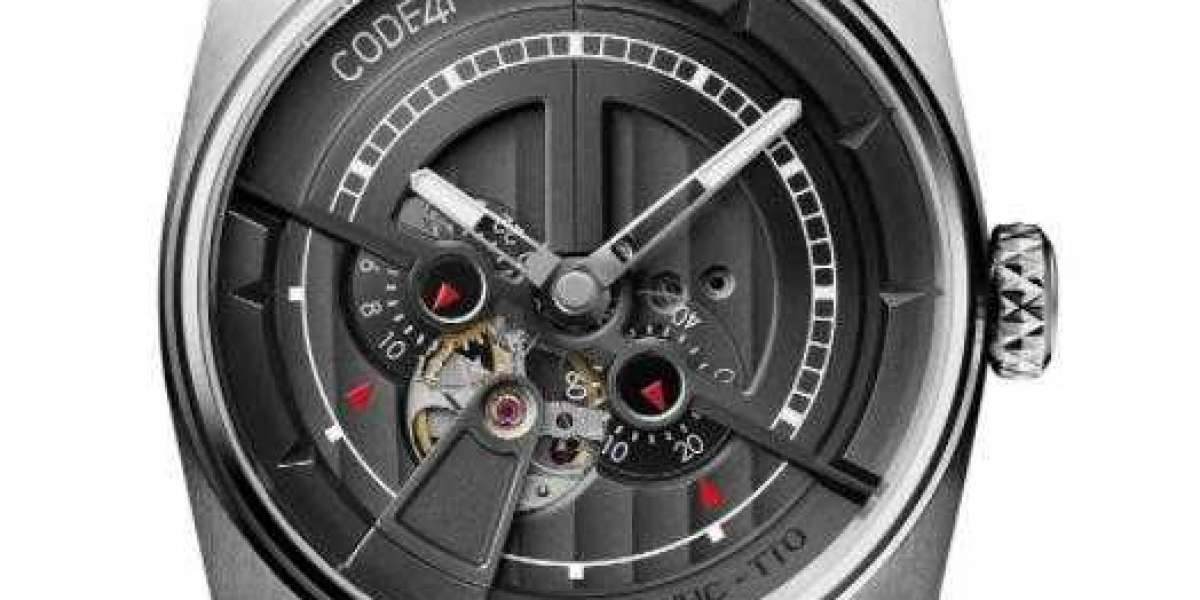Pharmaceutical aluminum foil is mainly used for pharmaceuticals after printing and coating, including liquid, injection, tablet, granular packaging, and PTP aluminum foil for easy-open bottle caps and pharmaceutical packaging, especially PTP aluminum foil is moisture-proof, safe and hygienic, With the advantages of easy portability and long shelf life, it has become a widely used pharmaceutical packaging method in the world.
China began to use aluminum foil to package medicines in 1985. At that time, the amount of aluminum foil was very small, and the annual consumption was 150 tons. Up to now, aluminum foil has accounted for 20% of pharmaceutical packaging materials. In developed countries, pharmaceutical packaging accounts for 30% of the value of pharmaceuticals, while this ratio in my country is less than 10%, which also shows that the application potential of new pharmaceutical packaging materials including aluminum foil is huge.
In order to standardize the development of pharmaceutical packaging, my country has begun to introduce a standard system for pharmaceutical industry packaging to support and guide the development of pharmaceutical packaging from a policy perspective. For this reason, in the selection of new materials for pharmaceutical packaging in the future, the materials for bagged pills will be replaced by aluminum-plastic bags for paper bags and plastic bags; all medicine bag seals will be replaced by aluminum foil materials with good sealing performance and high production efficiency. Aluminum-plastic blister packaging is used instead; aluminum-plastic blister packaging is also mainly used in various dosage form packaging methods.
Among the above medical packaging materials, it is especially worth mentioning the aluminum foil blister, which is made of composite aluminum foil and barrier plastic blister hard sheet. It is a new type of blister with great development potential in the world. Pharmaceutical packaging products, this new drug packaging material is listed by the Omega Research Association as one of the ten packaging technologies that will most affect the packaging industry in the next few years.
China's aluminum-plastic blister packaging will account for 25% of the domestic pharmaceutical packaging market share at present, and is expected to increase to more than 60%. With the global standardization of the pharmaceutical industry, new types of pharmaceutical packaging including aluminum-plastic blisters will increase significantly.


